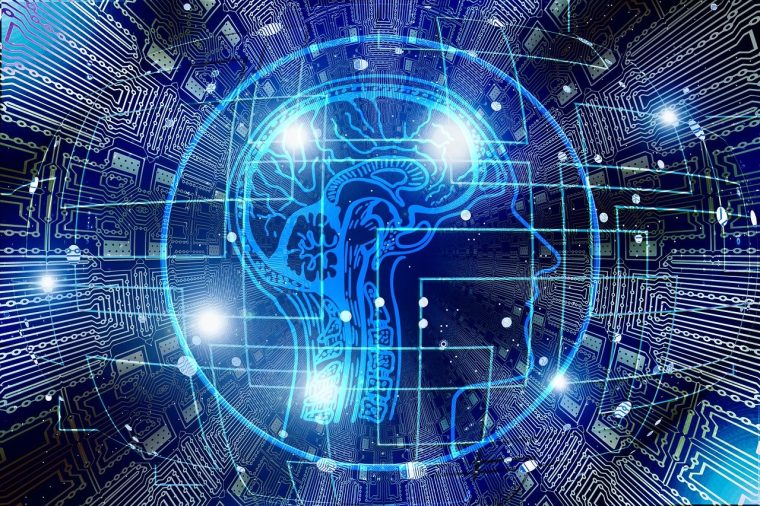
In a striking example of scientific luck, an encounter between Google researchers in 2017 sparked a revolution in artificial intelligence that is still unfolding today. The conversation led to the development of the transformer, an AI architecture that is the foundation for many of the most advanced AI models in use now.
The seeds of this AI breakthrough were planted as Google scientists Ashish Vaswani, Jakob Uszkoreit, and Illia Polosukhin worked on an idea they called “self-attention”, a key concept in the development of transformers. This concept could radically accelerate and enhance how AI systems understand language.
The core innovation of self-attention is its ability to analyze relationships between all parts of a data sequence concurrently, as opposed to previous methods which processed one piece at a time. It’s akin to being able to read and understand a full sentence in an instant, instead of reading each word one by one.
This holistic perspective enables an AI model to capture the overall context of data, bringing unprecedented efficiency and accuracy in data interpretation. A sentence is no longer just a string of individual words, but a coherent whole where each word’s meaning is influenced by its relations to all other words. This was a remarkable shift in the way AI models could process data, unlocking previously untapped potentials.
AI Advancements Inspired by Arrival’s Alien Code
The collaboration started when Polosukhin, a science fiction fan from Ukraine, saw similarities between self-attention and the alien language in the movie Arrival. In the movie, extraterrestrials generated whole sentences using a single symbol representing a full concept. Human linguists had to interpret these symbols holistically.

Noam Shazeer, an AI veteran at Google, overheard the conversation and was intrigued by the notion of self-attention. He decided to collaborate with Vaswani, Uszkoreit, and Polosukhin to explore it further. This encounter mobilized a team that formalized months of work on self-attention into the transformer model.
At the time, AI translation relied on processing words sequentially. But the transformer architecture was designed to analyze entire sentences at once, enabling better context and parallel processing. The trio hypothesized this approach could greatly outpace existing methods in both speed and accuracy. Their celebrated 2017 paper “Attention Is All You Need” shared the transformer model with the world.
The diverse backgrounds of the scientists who created the transformer likely contributed to its success. The team included researchers from the U.S., Canada, Ukraine, Germany, and many other countries.
They were drawn together at Google by a shared fascination with language and using AI to understand it better. The company’s open office environment enabled collaboration across research groups.
How the Transformer Architecture Works
The transformer is composed of an encoder and decoder. The encoder processes and learns from an input sequence like words. The decoder then generates an output sequence like a translated sentence.
The model represents each word as a numerical vector encoding its meaning. The encoder analyzes relationships between all words in a sentence using “self-attention.” This allows understanding the overall context, not just individual words.
The decoder predicts the next word using what it learned from the encoder about the context. With more training data, the transformer’s inferences and predictions improve.
Though conceptualized for translation, this architecture works for other data like images, music, video, and more. The transformer has become ubiquitous in AI advancements.
The Explosion of Startups Advancing AI
After publishing their seminal paper, the researchers grew impatient to see their ideas implemented in products. But they felt Google’s structure hindered the quick development of consumer offerings.
The motivation to deliver AI advancements directly to users lead them to leave Google and found their own startups. For example:
- Aidan Gomez co-founded Cohere to make AI accessible to businesses
- Noam Shazeer co-founded Character.ai to create personalized chatbots
- Jakob Uszkoreit co-founded Inceptive to design biological software
- Ashish Vaswani and Niki Parmar founded Essential AI to develop business applications
This diaspora of companies commercializing AI advancements reflects the “innovator’s dilemma.” Large successful organizations often lose talented people with an entrepreneurial drive.
While Google developed the productive research environment that bred the transformer, it struggled to retain these ambitious scientists or quickly launch consumer products using their ideas. The startups have benefited from the intellectual capital around transformers but can act faster.
The researchers who collaborated on this breakthrough have continued advancing AI in startups unencumbered by bureaucratic lethargy. As Vaswani said, “It seemed easier to bring that vision to light outside of Google.”
This improbable origin story illustrates how moments of inspiration combined with determined execution can transform entire fields of technology.
The transformer opened up AI capabilities far beyond language translation as well. That lucky conversation in 2017 sparked a big bang of AI advancements, with expanding applications to this day. The transformer is behind ChatGPT, Dall-E art generation, GitHub Copilot code generation, and more AI models. It has become a near-universal component of artificial intelligence.
Related:
- Artificial Intelligence is Already Helping Businesses, Now It’s Getting Ready to Help Billions of Poor People
- ChatGPT Is Finally Coming to Android Next Week – Here’s How You Can Sign Up Now
- Google is Testing an AI Built to Write News Articles – Is This the Future of Journalism?
Wall Street Memes (WSM) - Newest Meme Coin
- Community of 1 Million Followers
- Experienced NFT Project Founders
- Listed On OKX
- Staking Rewards